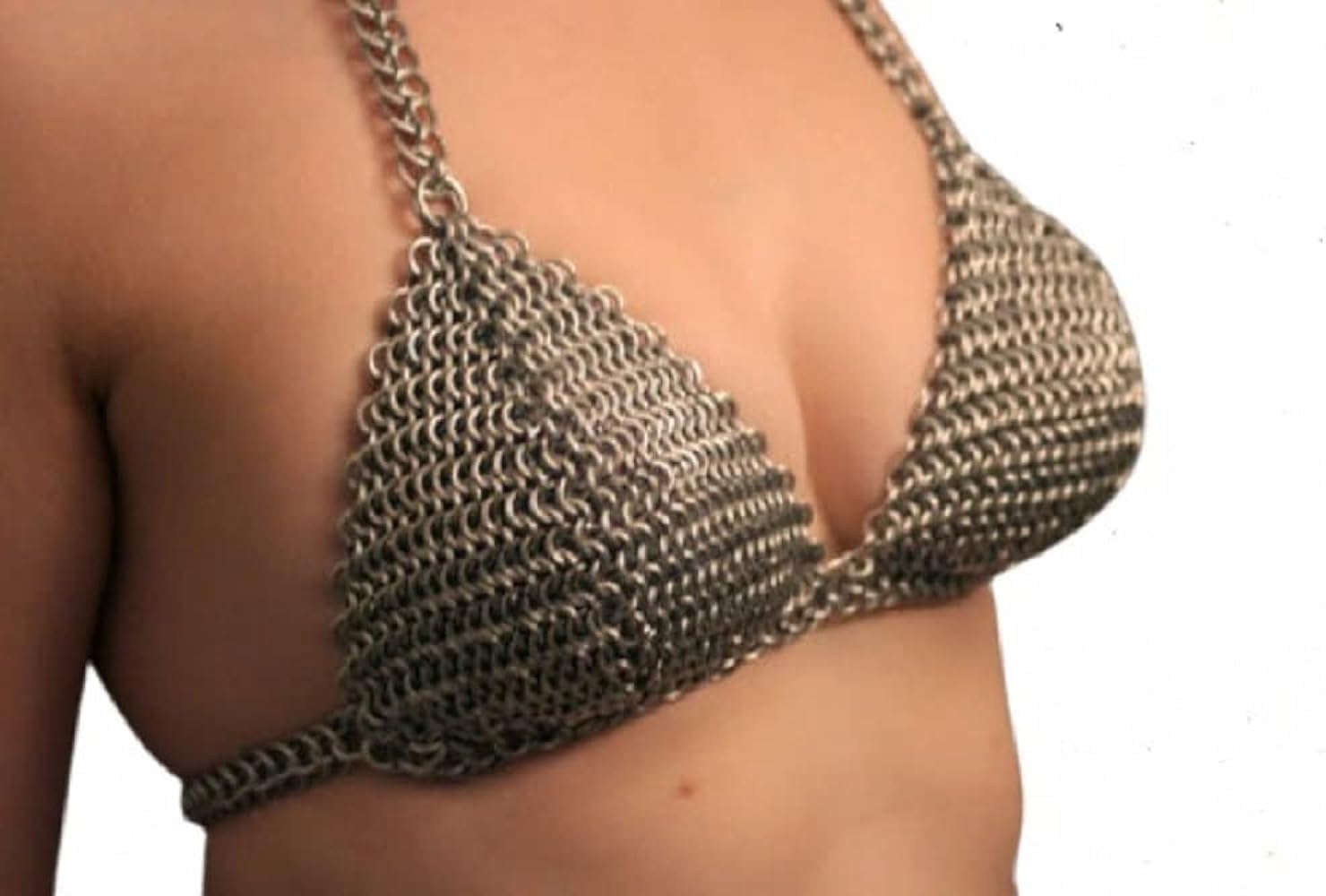

| - | - | - | - | - |
| Dungeons & Dragons | Dragon magazine | - | Equipment (AD&D) | The Dragon #23 |
There exists in fantasy gaming today a great deal of misunderstanding
about the weight of armor. In Dungeons
& Dragons, approximately
15 to 20 extra pounds are added to plate armor. FGU’s Chivalry
and
Sorcery is even worse; the statement that full plate
armor weighs 2/3 of
the wearer’s body weight is blatant nonsense.

To quote Helmut Nickel, Curator of Arms and Armor for the Metropolitan
Museum of Art in New York:
“It has been said over and over that a knight’s armor was so heavy
he could not get up without help when thrown to the ground and he had
to be hoisted into the saddle by a derrick. This is nonsense, of course,
because it would have been simply suicidal to load oneself with
hardware until movement was impossible. On the contrary, a full suit
of
armor weighed only about fifty to sixty pounds, no more than the battle
pack of a modem soldier; with all parts carefully fitted on and distributed
over the entire body, it could be worn with great ease. It was expected
of
the perfect knight that he be able to vault into the saddle of his
horse in
full armor without using the stirrups — ability that must have come
in
handy when he had to mount his horse in the press of battle, after
his
first steed went down.”
— Helmut Nickel, Warriors and Worthies, p. 57 Hartford,
Connecticut:
Connecticut Printers, Inc., 1969.
Besides weight, the encumberance of armor is usually greatly
exaggerated. I was once told in a D&D game that my plate-armored
character was unable to step over or even leap across a three-foot
chasm! I would like at this time to Quote Claude Blair, Deputy Keeper
in
the Department of Metalwork at the Victoria and Albert Museum, and
Honorary Editor of The Journal of the Arms &Armor Society:
“Modem experiments made with genuine 15th and 16th century
armours have shown also that even an untrained man wearing a
properly-fitted harness can get on and off a horse, lie on the ground
and
rise again, bend, stoop, and move his arms and legs quite freely.”
— Claude Blair, European Armor, p. 191 London, England:
William
Clowes & Sons, Ltd., 1958.
Or, more to the point; actual weights of surviving armors:
Cuirassier armor of 1620-1630, Augsberg (Castle Churburg, #130) 69
lb. 5 oz
Plate field (battle) armor, c. 1525 (Wallace Collection, London, #763)
41 lb. 13½ oz.
Plate field armor, Milanese, c. 1450 (Churburg #20) 60.4 lbs.
Mail Shirt, German, mid-thigh, elbow-length (Churburg #2) 20 lb. 11
oz.
Italian helmet, Barbut style, c. 1440 (W.C.L. #39) 5 lb. 14 oz.
Aother frequently maligned piece of knightly equipment is the
sword. An excellent analysis may be found in the following book:
R. Ewart Oakeshott, The Sword in the Age of Chivalry New
York,
N.Y.: Fredrick A. Praeger, Inc., 1964.
On page 12 of that book, he makes a rather delightful statement:
“Of course, there are always those to whom simple austerity of
form is indistinguishable from crudity; and an iron object a yard long
may well appear to be very heavy. In fact the average weight of these
swords is between 2 lbs and 3 lbs, and they were balanced (according
to
their purpose) with the same care and skill in the making as a tennis
racket or fishing-rod. The old belief that they are unwieldable is
an absurd
and out-dated, and dies as hard, as the myth that armoured knights
had to be hoisted into their saddles with a crane.”
In writing this book, Mr. Oakeshott had access to many of the finest
sword collections in England, where many of the swords are still in
pristine
condition — even down to the velvet wrapping on the grips. Those
weights were taken from real swords. That 2 to 3 pounds, however; is
for a one-handed sword. Later on in the book, he gives the weight of
a
standard ‘hand-and-a-half' or bastard sword as 3½ lbs to 5½
lbs. This is
a far cry from Chivalry and Sorcery’s 7-pound sword,
and also from
SPI’s statement that these weapons “ . . . are between five and ten
pounds. . .” (S&T #68, p. 32) Statements like that
could damage a
company’s reputation for authenticity in design .
Hopefully, this article will be of some use to fantasy players and
referees. If just one fighter finds that his sword has suddenly become
manageable, or that he can climb a ladder in armor, or even that he
can
simply walk down a corridor without waddling like a rhinoceros with
a
hernia, it will have served its purpose.